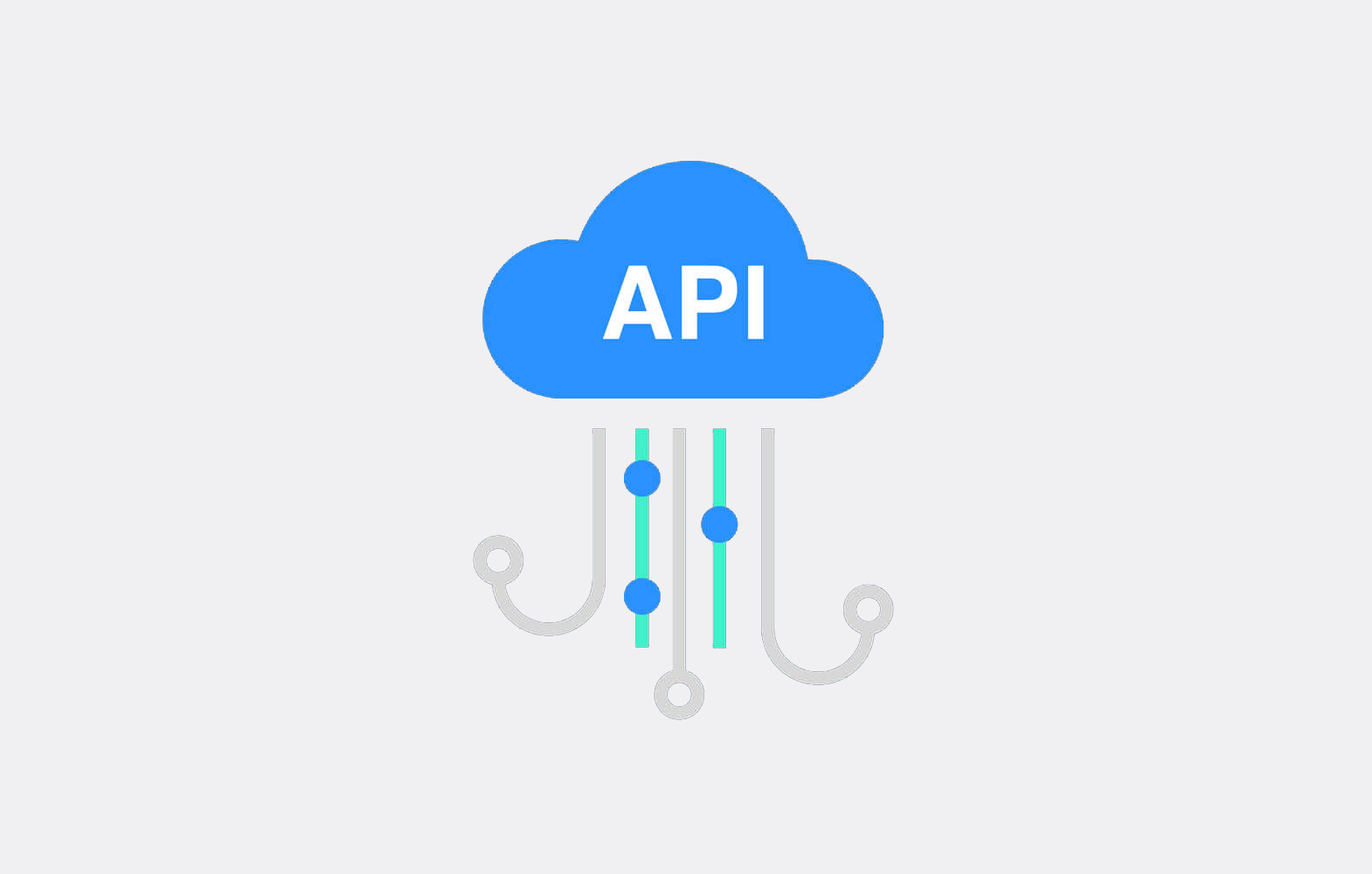What is meant by static code analysis?
Under pressure, development teams can benefit from static analysis. On-time delivery of high-quality releases was required. Coding and compliance requirements must be met. And making mistakes isn’t an option. That is why development teams use static analysis tools. Static analysis and the advantages of utilizing a static code analysis tool are discussed in this article.
Read along to learn the following:
- What Is Static Analysis?
- What Is Static Code Analysis?
- Static Code Analysis Is Performed In Which Phase?
- Static Analysis vs. Dynamic Analysis
- What Are the Drawbacks of a Static Code Analysis Tool?
- No Understanding of Developer Intent
- Rules That Aren’t Statically Enforceable
- Possible Defects Lead to False Negatives and False Positives
- What Are the Merits of Static Analysis Tools?
- What are Static Code Analyzers?
- Benefits of Static Code Analyzers
- How Do Static Code Analyzers Work
- Examples of Static Code Analyzers
- How to Choose a Static Code Analyzer
- Conclusion
What Is Static Analysis?

Static analysis is a method of debugging that examines source code automatically before a process is launched.
What Is Static Code Analysis?
Static code analysis is a form of debugging that involves reviewing static source code before running a program. It is accomplished by comparing a code style against a set (or several sets) of coding rules. Along with application source code analysis, the terms static code analysis and static analysis are frequently interchanged. This type of analysis addresses flaws in source code that could lead to vulnerabilities. This can, of course, be accomplished by manual code reviews, and however, utilizing automated tools is far more efficient. Static analysis is frequently used to ensure that code requirements, such as MISRA, are followed. It’s also often utilized to meet industry requirements, such as ISO 26262.
Static Code Analysis Is Performed In Which Phase?
Static code analysis is carried out early in the development process, before the start of software testing. Static code analysis is performed during the “Create” phase for DevOps organizations. DevOps is aided by static code analysis because it creates an automatic feedback loop. Application developers will be notified early on if their code contains any flaws, and it will also be simpler to resolve those issues.
Static Analysis vs. Dynamic Analysis

How do you tell the difference between static and dynamic code analysis? Both methods can detect flaws, and a significant distinction is finding problems in the software development life cycle (SDLC). The static analysis identifies flaws in the software development environment(e.g., between coding and unit testing). After you run a program, dynamic analysis detects flaws (e.g., during unit testing). Some coding flaws, however, may go undetected during unit testing. As a result, static code analysis can detect errors that dynamic testing methodologies may overlook.
What Are the Drawbacks of a Static Code Analysis Tool?
Static code analysis is utilized in a given phase of development for a specific reason. However, a static code analysis tool has a few drawbacks.
No Understanding of Developer Intent
int calculateArea(int length, int width)
{
return (length + width);
}
An overflow in this calculation could be detected using a static analysis tool. However, it is unable to detect that the function does not perform as planned.
Rules That Aren’t Statically Enforceable
Some coding principles are reliant on third-party documentation. Or they can be interpreted in a variety of ways.
Consider the following scenario:
CERT-C MSC04: Use comments regularly and in a readable manner.
Possible Defects Lead to False Negatives and False Positives
In other cases, a tool can alert you to the possibility of a defect.
int divide(void)
{
int x;
if(foo())
{
x = 0;
}
else
{
x = 5;
}
return (10/x);
}
We have no idea what value x will have if we don’t know anything about foo().
The outcome is inconclusive. As a result, tools may report problems that aren’t present (false positives). Alternatively, they may fail to inform real flaws (false negatives).
What are the Merits of Static Analysis Tools?

Static code analysis tools have various advantages, especially if you need to adhere to an industry standard. The most excellent static code analysis tools are fast, thorough, and accurate.
| Speed | Manual code reviews take time for developer tools to complete. Automated tools are far more efficient.
Static code checking identifies code security flaws early in the development process, and it also pinpoints the specific location of the issue in the code. As a result, you’ll be able to correct those issues more quickly. Furthermore, code problems discovered early in the process are less expensive to repair. |
| Depth | Static application security testing tool (SAST) will not be able to cover all possible code execution paths. A static code analyzer, on the other hand, can.
As you work on your build, it checks the code. Based on the rules you’ve set, you’ll get an in-depth analysis of where there might be possible problems in your code. |
| Accurate | Human mistakes are common in manual code reviews, and automated tools, on the other hand, are not.
They scan every line of code for potential vulnerabilities, and this allows you to make sure that the highest-quality code is in place before you start application testing. After all, when it comes to adhering to a coding standard, quality is everything. |
What are Static Code Analyzers?

Static Code Analyzers are white-box testing tools that inspect code before it is run or compiled. They do this to find flaws during the development process. Syntax, styling, security vulnerabilities, and coding errors that do not satisfy security standards are all possibilities. These tools, often known as SAST, scan the program (manually or automatically) as it is being worked on and display warnings and faults simultaneously.
These analyzers must have a thorough awareness of the structure and internals of the codebase they are working on to be effective. When testing applications (for example, end-to-end tests), you must specify all regions that the tests should cover clearly. As a result, some sections of the application coding may be missing. Although tests are more effective than static code analyzers in determining the reliability of an application, these tools can search the entire codebase for faults faster than tests.
Benefits of Static Code Analyzers
Here are a few things code analyzers do:
- Ensure increased code quality
- Discover and provide insights on security vulnerabilities in dependencies
- Serve as testing tools that catch syntax errors
- Faster compared to reviewing code manually
- Provide deep analysis (as stated earlier) compared to tests
- Less prone to error, compared to manual code reviews
How Do Static Code Analyzers Work
As previously said, the analysts must have a thorough awareness of the application’s internal workings and the tools employed. The programming language used has a significant impact on the application’s functionality. The files are run through the analyzer after the codes are written. The analyzers would go over every line of code and flag any mistakes based on a set of rules that had been established. Some analyzers also offer detailed guidance on how to fix the issues that have been found.
Examples of Static Code Analyzers
They are multiple, but let’s look at a few:

-
Klocwork
It is a static code analyzer for C, C++, C#, and Java programming languages. Klockwork aids in the detection of software security, software quality, and dependability problems, and it also ensures that coding rules and standards are followed.
It’s also compatible with CI/CD workflows. This methodology analyzes your source code before the build process, and if any errors are found, the build process is aborted (saving resources), and you are promptly told to take action.

-
CodeScene
CodeScene detects code quality concerns depending on the system’s evolution. It can also be linked into CI/CD pipelines and Pull Requests to provide early alerts on code health problems. Based on revision control data flow, CodeScene does behavioral code analysis. It analyzes C, C++, C#, Java, Groovy, JavaScript, TypeScript, and several additional programming languages.

-
Coverity
Coverity provides the free detection and correction of code quality and security risks in Java, C/C++, C#, JavaScript, Ruby, and Python programming languages. With Coverity, you can quickly find (and understand) mistakes on affected lines of code, making it simple to rectify them.
Coverity may also be continuously integrated (continuous integration) with GitHub actions to create a CI/CI pipeline that ensures you deliver dependable applications.
How to Choose a Static Code Analyzer
There are numerous analyzers available, and more are being developed to make them more powerful and effective. Here are factors to think about while selecting the correct tool for your application:
- The language in which the secure software is written. For various programming languages, different tools are developed. Consequently, you must select the appropriate analyzer for your application.
- Coding Guidelines. Different tools are set up to work with different sets of coding rules. Some programs additionally allow you to change or expand the rules. To get the most out of a tool and design trustworthy applications, you must first understand its possibilities.
- The simplicity of the arrangement. One does not want to waste time figuring out how to use the tool. You can see how easy the tools are to set up for your application by watching the demos.
Relevant Information on Static Code Analysis

Static analysis can be summarized as software metrics and reverse engineering. By setting so-called software quality targets, software metrics and static analysis are increasingly used jointly, notably in the construction of embedded system designs.
Data-driven static analysis
To infer coding conventions, data-driven static analysis employs vast volumes of code. For example, to securely develop a good analytical strategy, one can use all Java open-source programs on GitHub. Machine learning techniques can be used to infer rules. It has been demonstrated, for example, that deviating too much in the way one utilizes an object-oriented API is likely to constitute a defect.
Arbitrary program
Finding all run-time errors in an arbitrary program (or, more broadly, any kind of violation of a specification on the final result of a program) is undecidable, as shown by a simple reduction to the halting problem: there is no mechanical method that always answers truthfully whether an arbitrary program may/may not exhibit runtime errors.
Static Code Analysis: Conclusion
In this article, you learned what static analyzers are, the benefits they provide, how they function, some samples of the various software analysis tools available, and some advice for selecting an analysis tool. Since they help detect coding mistakes early in the development process, static code analyzers are an excellent starting point for testing your secure code and assuring trustworthy apps.










